
Energy bills climbed nationwide this summer, with households paying an average of $178 monthly from June to September, $5 more than in 2024, according to the Energy Information Administration. Connecticut leads with bills averaging $215, while Texas households saw 20% increases compared to 2023, data from Nautilus Solar reveals. The surge reflects mounting strain on America’s electrical grid as demand outpaces supply additions.
Artificial Intelligence Boom Drives Unprecedented Power Demand Surge

Electricity demand is rising for the first time in decades, driven by artificial intelligence data centers requiring 10-30 times more power per query than traditional searches, EcoFlow reports. The International Energy Agency projects data center consumption will triple to 1,500 terawatt-hours by 2030, equivalent to India’s total electricity use. Summer heat waves have already pushed several state grids to capacity limits, officials warn.
Two Decades of Stable Energy Consumption Comes to an Abrupt End

EIA data shows that for nearly two decades, U.S. electricity consumption remained essentially flat due to energy efficiency improvements. Regional transmission organizations like PJM Interconnection managed stable 2-3% annual demand growth while traditional fossil fuel plants provided reliable baseload power. This predictable environment allowed measured infrastructure investments and rate planning that consumers took for granted.
Clean Energy Projects Face Massive Infrastructure Bottlenecks
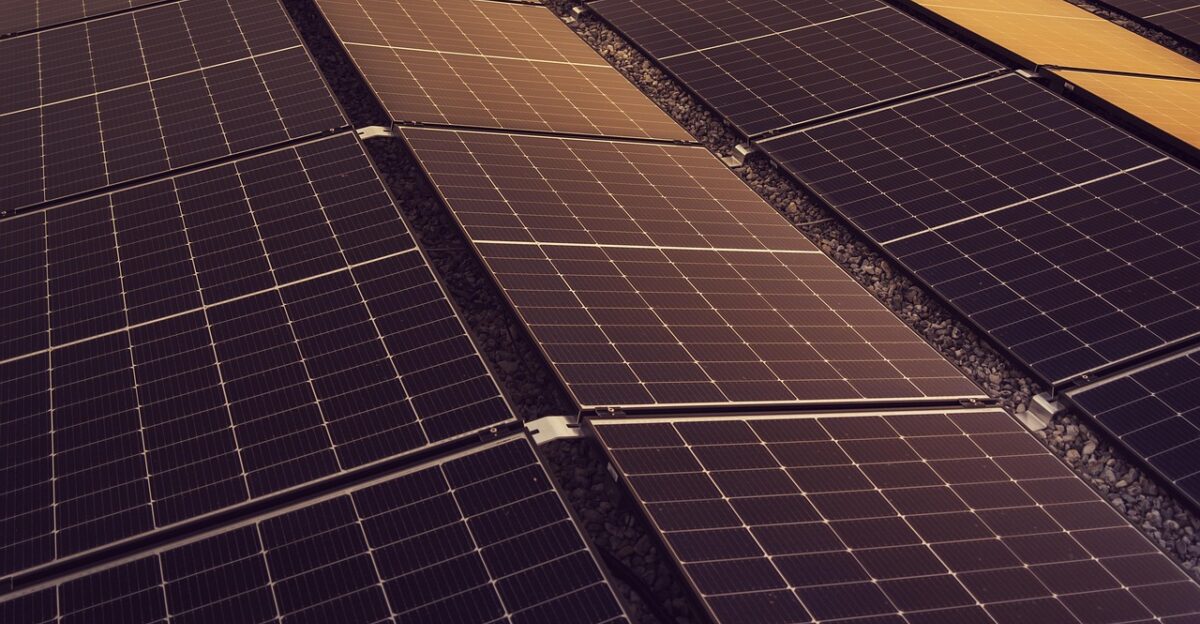
According to Synapse Energy Economics, over 2,000 renewable energy projects remain stuck in PJM’s interconnection queue, representing 200 gigawatts of potential clean capacity. Network upgrade costs averaged $240 per kilowatt in 2020-2022, up from $29 in 2017-2019, the Center for Coalfield Justice reports. Meanwhile, 40 gigawatts of coal and natural gas plants plan retirement by 2030, creating a dangerous supply gap.
Trump’s Tax Bill Eliminates Clean Energy Incentives Overnight
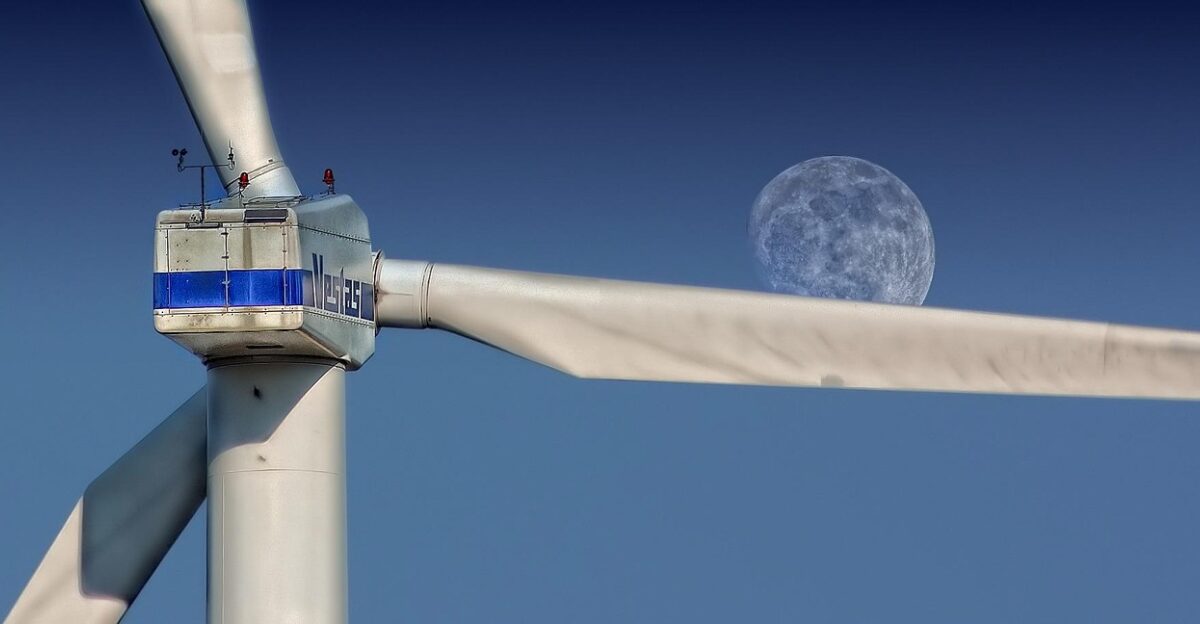
President Trump’s “One Big Beautiful Bill,” signed July 4th, terminated most clean energy tax credits after 2025, including wind and solar incentives originally extending through 2032, the Tax Law Center confirms. The legislation requires renewable projects to begin construction within 60 days of enactment or lose eligibility, effectively an immediate repeal. Nuclear projects received special exemptions through 2028, while fossil fuel subsidies remain intact, NAHB analysis shows.
States Brace for Hundreds in Additional Annual Household Costs

Texas Public Radio reports that Texas faces potential $500 annual household increases by 2035, with 77 gigawatts of planned clean energy projects at risk. The Bucks County Beacon found that Pennsylvania consumers already experienced 8-15% rate hikes from utilities like PECO and PPL starting June 2025. Florida Power & Light raised rates while Georgia Power secured approval for increases through 2028, with Oklahoma residents potentially seeing 60-350% rate spikes over the next decade.
Frustrated Consumers Share Stories of Shocking Bill Increases

“Last November, my GA Power bill was $159. Now, my bill exceeds $615. It’s theft,” Tony Gantt posted on social media before confronting state utility commissioners, the New York Times reported. One Texas resident called recent increases “shocking,” while Philadelphia advocates warn low-income families will choose between medication and electricity bills. Pennsylvania’s attorney general launched an inquiry into rate practices following widespread complaints.
Utility Companies Defend Rate Hikes as Grid Modernization Necessity
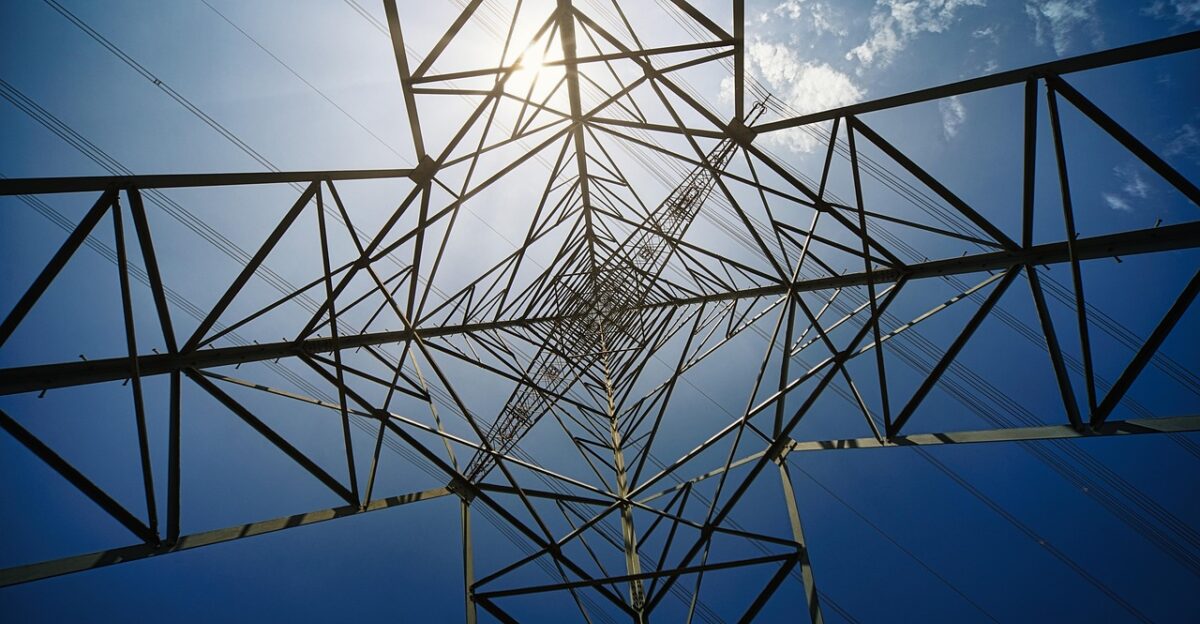
Major utilities defended increases as necessary for grid modernization and extreme weather resilience, the Atlanta Journal-Constitution reports. Georgia Power cited $275 billion in infrastructure investments, while Texas utilities pointed to mandated grid improvements following winter storms, TPR found. Energy companies warned that restricting rate recovery could discourage critical infrastructure spending and began fast-tracking natural gas projects over delayed renewable connections.
Natural Gas Price Increases Compound Electricity Cost Problems

NAGA data indicates that natural gas prices averaged $4.62 per million BTUs in January 2025, up $0.59 from 2024, as power plants increasingly rely on gas generation. CFO Brew analysis suggests that the elimination of renewable tax credits forces utilities toward more expensive fossil alternatives. Wholesale electricity prices are projected to increase 25% over five years and 74% over a decade without policy changes, World Bank economists warn.
Democrats Launch Coordinated Attack on Republican Energy Policies
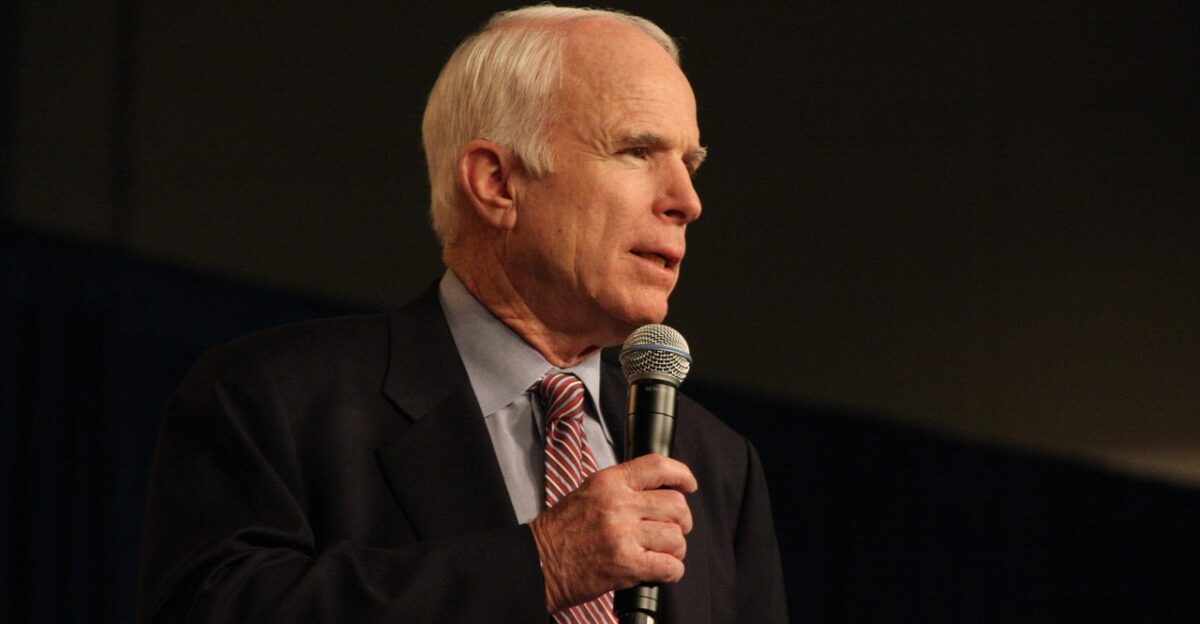
Democrats launched an $8 million August recess campaign targeting 16 Republican districts, blaming GOP lawmakers for voting to “raise energy costs while giving tax breaks to oil billionaires,” Climate Power announced. Senate Minority Leader Chuck Schumer directed caucus members to emphasize the connection between Republican policies and rising utility bills. Politico reveals that environmental groups backed the messaging with coordinated advertising buys in swing states.
Republican Lawmakers Face Growing Pressure from Angry Constituents
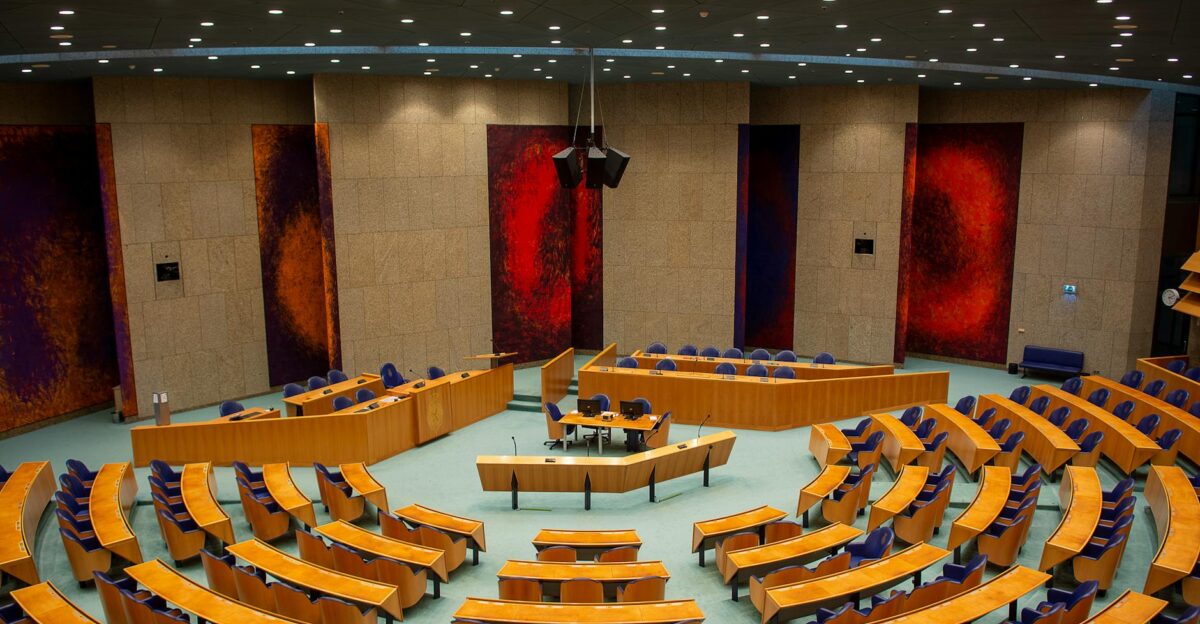
Republican lawmakers in several states resisted anti-renewable legislation as constituents complained about rising bills, the Texas Tribune reports. Texas House members blocked Senate bills targeting wind and solar development, citing business opposition and economic concerns. Pennsylvania Republicans faced constituent pressure over blocking consumer relief bills, while Georgia’s Public Service Commission elections became referendums on utility rate policies.
State Officials Take Emergency Action to Protect Consumers
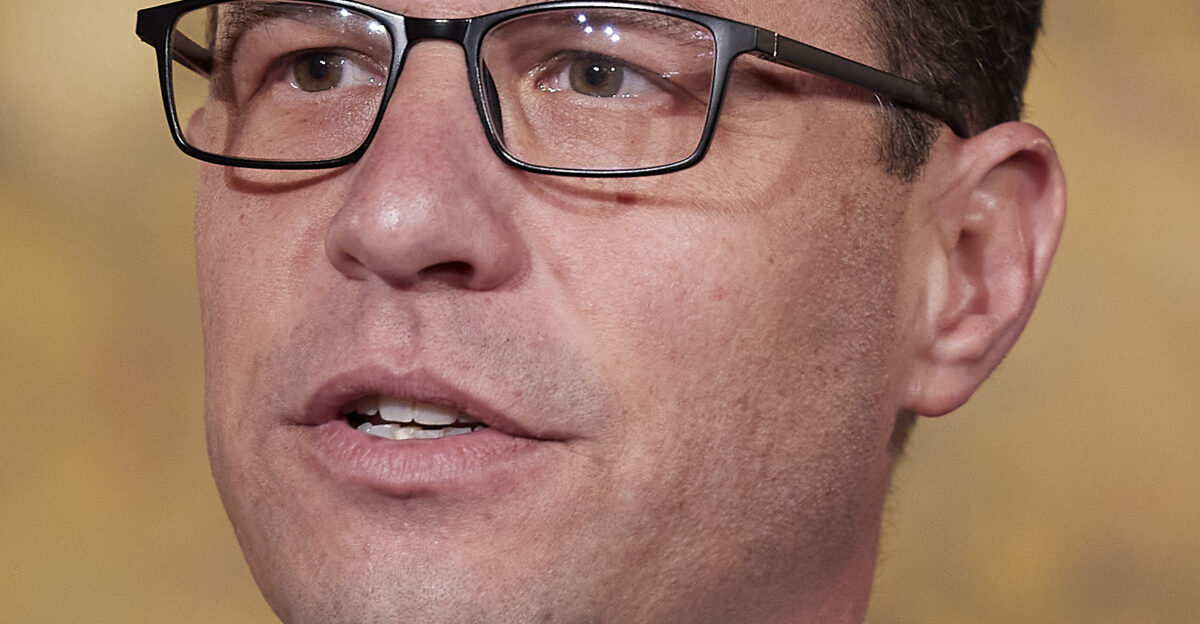
Governor Josh Shapiro filed suit against PJM to prevent $20 billion in additional consumer costs from capacity auctions, Evergreenaction reports. The Texas Tribune found that Texas created new oversight authority for large electricity consumers and industrial facilities. Georgia voters will decide two utility commission seats in the November elections, while several states initiated reviews of renewable energy interconnection processes and utility rate-setting procedures.
Grid Operators Prioritize Fossil Fuel Plants Over Renewable Projects
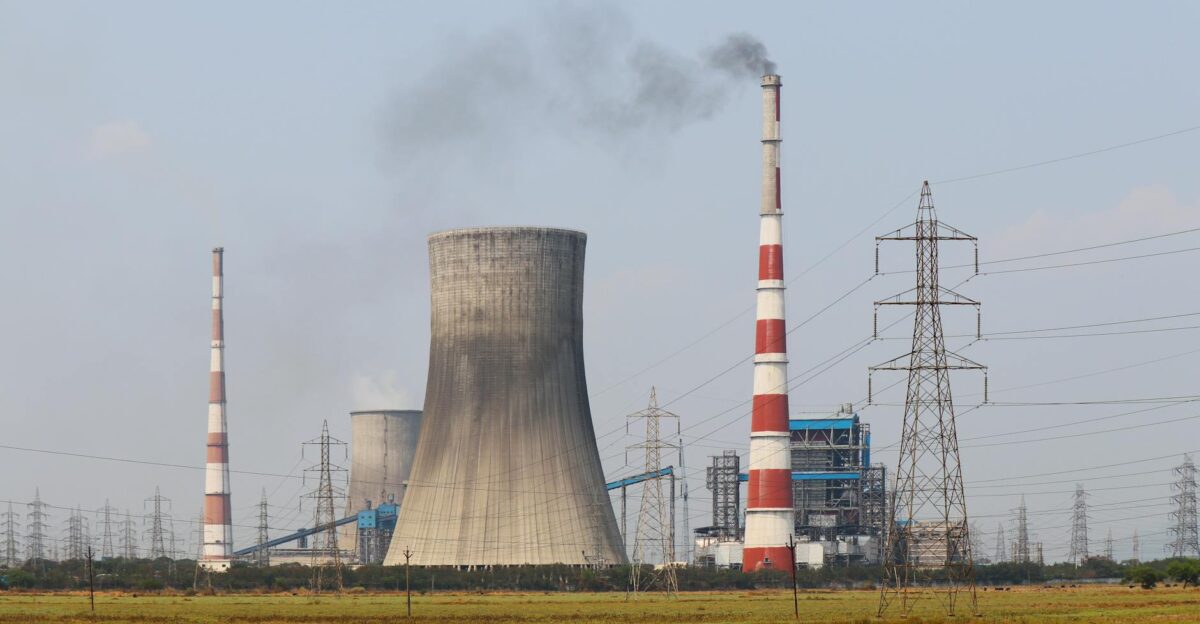
Canary Media reports that PJM introduced a “reliability resource initiative” to fast-track dispatchable generation ahead of renewable projects, drawing criticism from clean energy advocates. Texas passed legislation giving ERCOT authority to curtail large industrial users during emergencies. Several utilities announced plans to extend existing fossil plant operations while renewable projects await connections, with nuclear expansion projects receiving prioritized treatment under new federal rules.
Energy Experts Question Fossil Fuel Expansion Strategy
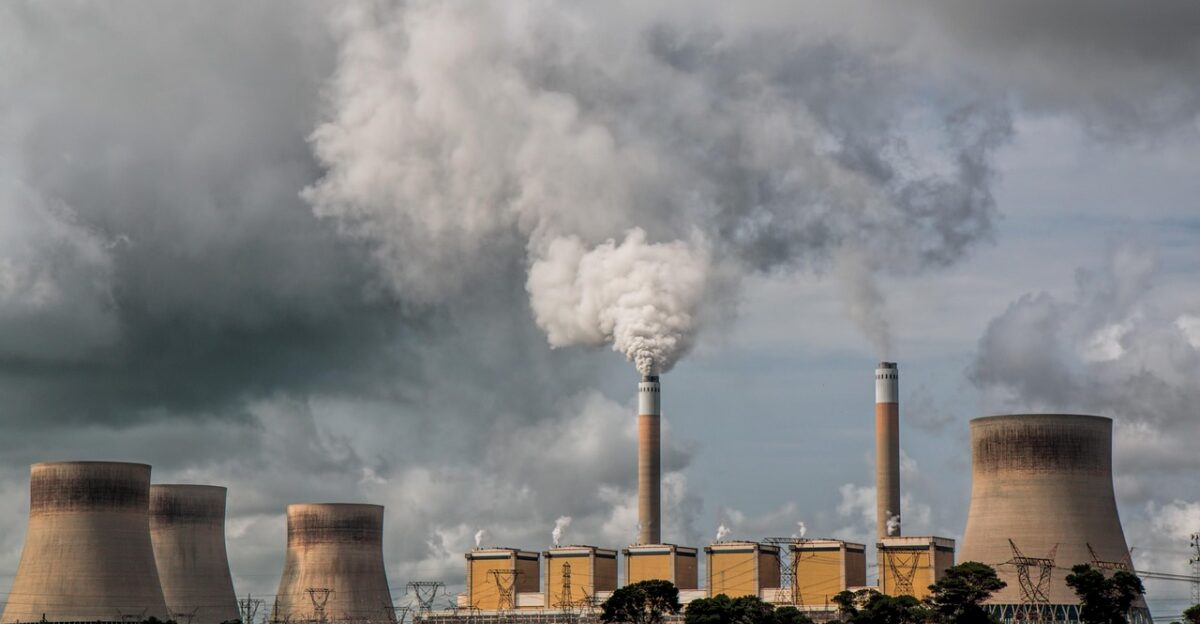
The Bucks County Beacon reports that energy analysts questioned whether fossil fuel expansion can address fundamental supply-demand imbalances. “Solar is often the lowest cost energy available, so it’s the low cost generation not being able to join the grid,” PennFuture’s Rob Altenburg noted. Independent studies debunked claims that renewables cause price increases, while grid experts warned that punishing clean energy would increase costs and reduce reliability.
Energy Affordability Emerges as Key Issue for Midterm Elections
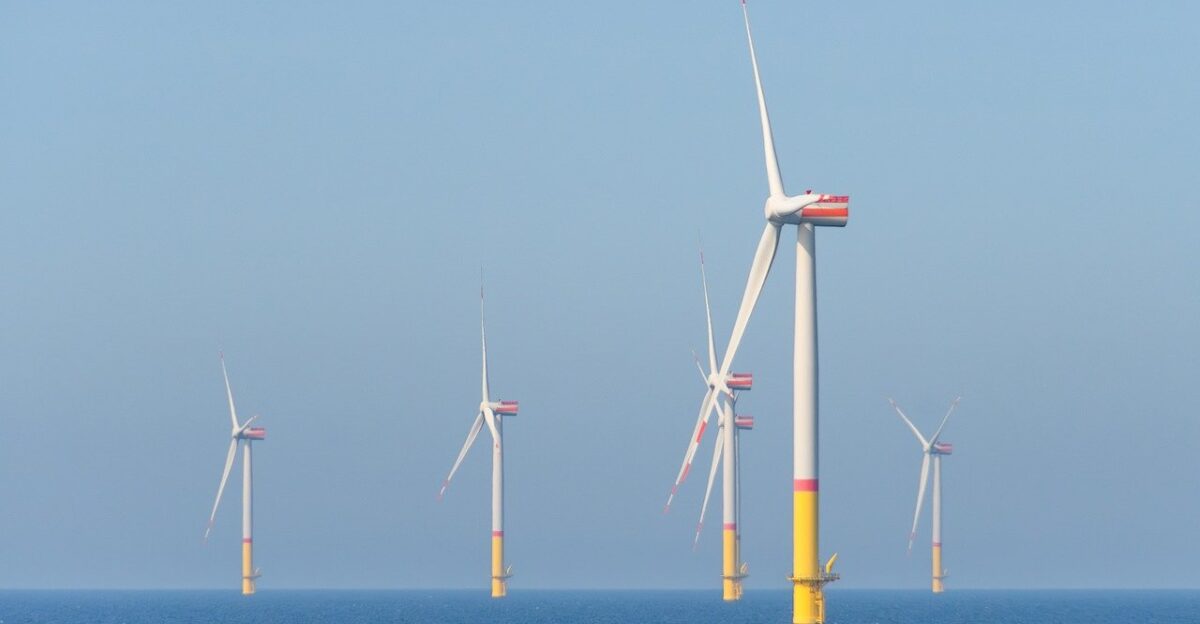
Political analysts predict that the 2026 midterm elections will likely center on energy affordability as bills continue rising nationwide. Republican incumbents must defend votes eliminating clean energy incentives while Democrats frame themselves as energy price populists, Politico suggests. Utility commission races in Georgia and other states could reshape regional energy policies, with data center demand growth showing no signs of slowing.
Political Parties Pursue Opposite Strategies on Energy Costs
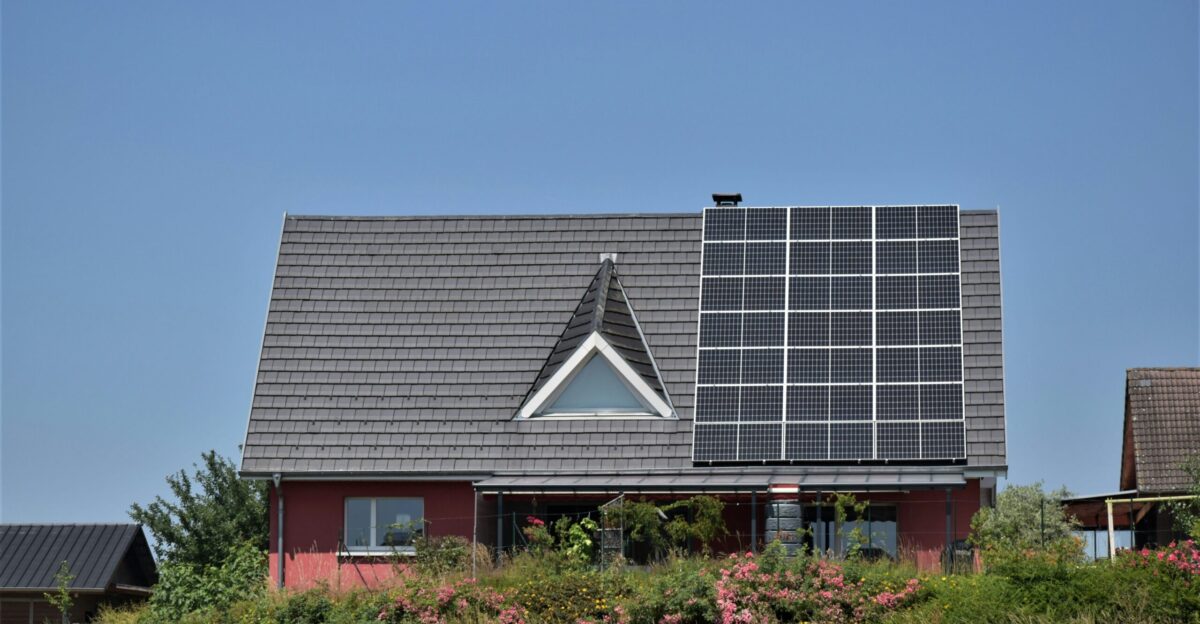
The Daily Climate observes that energy affordability has emerged as a defining political issue, with both parties claiming to protect consumers while pursuing opposite strategies. Republicans promote fossil fuel expansion and deregulation, while Democrats advocate accelerated renewable deployment and utility oversight. State-level battles over interconnection rules and rate-setting authority could determine energy costs for millions, with federal tax policy changes creating winners and losers across regions.
Global Energy Markets Add Pressure to Domestic Prices

World Bank analysts warn that global competition for liquefied natural gas intensifies as U.S. exports increase, potentially driving domestic prices higher. European demand for American LNG creates international pressure on domestic gas markets, while China’s renewable manufacturing dominance complicates U.S. supply chains as trade tensions persist. Trading Economics data shows that energy security considerations increasingly influence domestic policy decisions and international partnerships.
Courts Become New Battleground for Energy Policy Disputes

Evergreen Action reports that multiple state lawsuits challenge federal capacity auction designs and utility rate practices. Consumer advocacy groups pursue legal remedies for alleged market manipulation and excessive profit margins, while environmental organizations contest interconnection delays as discriminatory against renewable projects. Regulatory authorities face pressure to balance reliability concerns with consumer protection and climate goals.
Public Attitudes Shift as Energy Costs Trump Environmental Concerns

Recent surveys indicate that public perception of energy sources evolves as costs rather than environmental concerns drive household decisions. Younger voters increasingly view energy affordability as an economic justice issue affecting housing and transportation choices. Rural communities historically supporting fossil fuels now embrace renewable projects for economic development, while corporate sustainability commitments clash with immediate cost pressures and shareholder demands.
America’s Energy Transition Faces Critical Test of Political Will
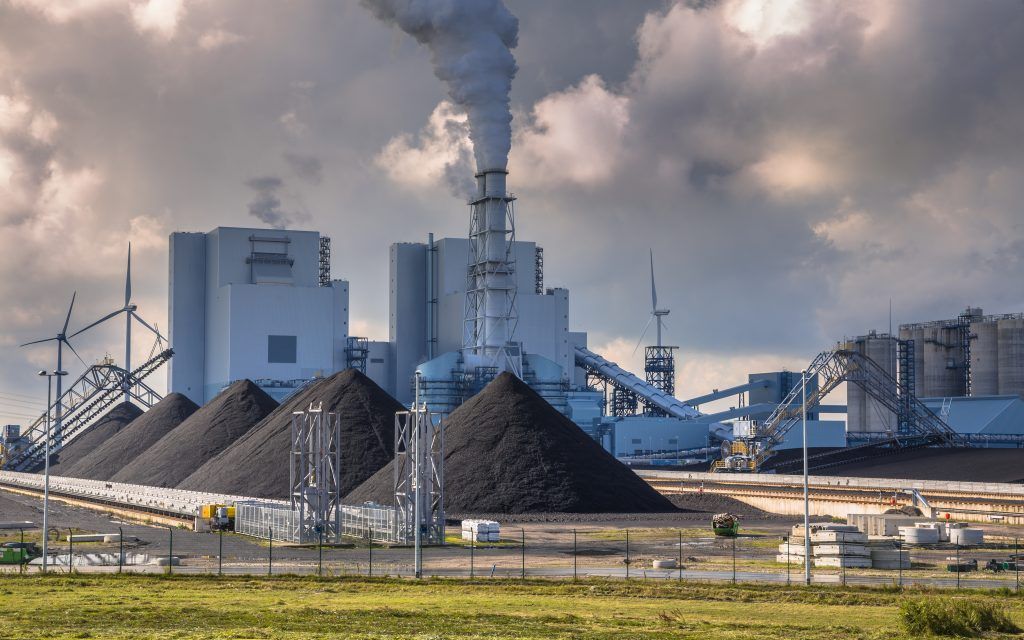
The electricity crisis reveals deeper tensions between America’s climate ambitions and economic realities as short-term political calculations often override long-term planning. Experts suggest that the transition to clean energy requires sustained policy commitment beyond electoral cycles. The nation’s ability to power artificial intelligence and industrial growth while maintaining affordable electricity will define economic competitiveness for decades ahead, comprehensive reporting indicates.